
Conservationist, marine biologist, nature writer, ecologist, and scholar—Rachel Carson (1907-1964) led a distinguished career and published a handful of books in her lifetime, but she'll be remembered as the inspirationally courageous author of Silent Spring, which dared to question the morality of our science and our responsibility as stewards of our environment.
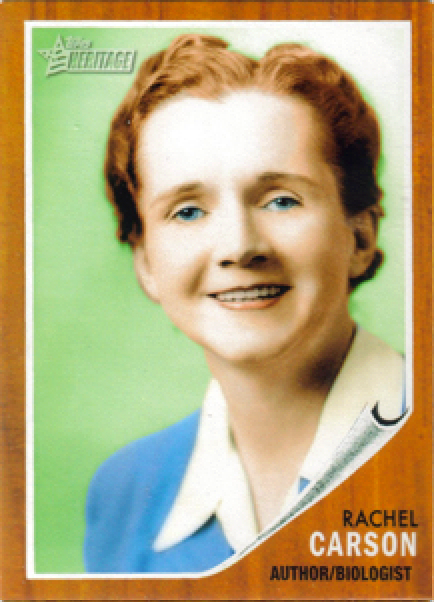 Silent Spring, however, was not Carson's first publication. She completed the first of three comprehensive studies of marine biology, Under the Sea-Wind, in 1941. Then, while serving the U.S. Bureau of Fisheries in 1950, Carson completed The Sea Around Us, which garnered her a National Book Award; afterward, Carson earned her recognition as a legitimate nature writer and scholar and would complete her three-part marine biology study in 1955 with The Edge Of the Sea. Having established her financial security as a scholar and author, she then turned her attention to her long-held interest in conservation and natural resources.
Silent Spring, however, was not Carson's first publication. She completed the first of three comprehensive studies of marine biology, Under the Sea-Wind, in 1941. Then, while serving the U.S. Bureau of Fisheries in 1950, Carson completed The Sea Around Us, which garnered her a National Book Award; afterward, Carson earned her recognition as a legitimate nature writer and scholar and would complete her three-part marine biology study in 1955 with The Edge Of the Sea. Having established her financial security as a scholar and author, she then turned her attention to her long-held interest in conservation and natural resources.
After a close friend sent in a disparaging letter to the editors of The Boston Globe, indicting the government's aerial spraying of DDT over Long Island for the death of so many birds in her neighborhood, Carson became even more embroiled in the controversy of chemical pesticides and their environmental impact. The result was her groundbreaking Silent Spring, which inspired an unprecedented grassroots campaign to ban DDT from use in the United States.
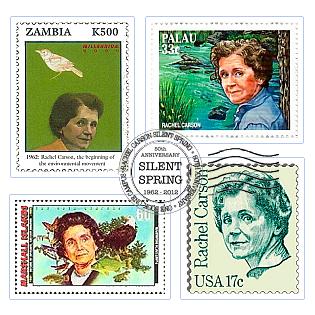 Carson was raised in a rural area of Pennsylvania, where she gained her love for wildlife and nature. Later, she studied at the Pennsylvania College for Women until graduating in 1929, and then at Johns Hopkins University. Before serving her post in 1936 at the United States Fish and Wildlife Service, Carson taught for five years at the University of Maryland. During this time, she composed and published her first book. Thereafter, her life's work and writing helped to forge a national consciousness about the environment and wildlife conservation. She is credited posthumously for influencing President Richard M. Nixon's formation of the Environmental Protection Agency in 1970, and for the rise of ecofeminism in the U.S.
Carson was raised in a rural area of Pennsylvania, where she gained her love for wildlife and nature. Later, she studied at the Pennsylvania College for Women until graduating in 1929, and then at Johns Hopkins University. Before serving her post in 1936 at the United States Fish and Wildlife Service, Carson taught for five years at the University of Maryland. During this time, she composed and published her first book. Thereafter, her life's work and writing helped to forge a national consciousness about the environment and wildlife conservation. She is credited posthumously for influencing President Richard M. Nixon's formation of the Environmental Protection Agency in 1970, and for the rise of ecofeminism in the U.S.
Carson was diagnosed with breast cancer in 1960 and, after being weakened by her treatment over the next four years, she suffered a fatal heart attack on April 14, 1964. That final year of her life, however, was a testament to her accomplishments as a writer and advocate. In January of 1963, the Animal Welfare Institute awarded Carson the Albert Schweitzer Award; three months later, CBS Reports aired its documentary, “The Silent Spring of Rachel Carson,” which overnight raised national consciousness about Carson's book and her cause. In June, she testified before the US Senate Subcommittee of Government Operations on the use of pesticides. In December, Carson was inducted into the American Academy of Arts and Letters and received the National Audubon Society Medal.
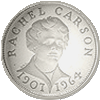 Rachel Carson lived ahead of her time and died before her time; however, she continues to be memorialized in literature, art, music and, of course, environmental causes worldwide. Her likeness is honored on postage stamps in several countries, including the United States, the Marshall Islands, Palau, and Zambia, and she is commemorated in a silver coin issued by Societe Commemorative de Femmes Celebres. More importantly, though, Rachel Carson continues to be a voice in our national consciousness that reminds us about our spiritual relationship to the natural world, and makes us question our faith in institutions that would rob future generations of something so sacred:
Rachel Carson lived ahead of her time and died before her time; however, she continues to be memorialized in literature, art, music and, of course, environmental causes worldwide. Her likeness is honored on postage stamps in several countries, including the United States, the Marshall Islands, Palau, and Zambia, and she is commemorated in a silver coin issued by Societe Commemorative de Femmes Celebres. More importantly, though, Rachel Carson continues to be a voice in our national consciousness that reminds us about our spiritual relationship to the natural world, and makes us question our faith in institutions that would rob future generations of something so sacred:
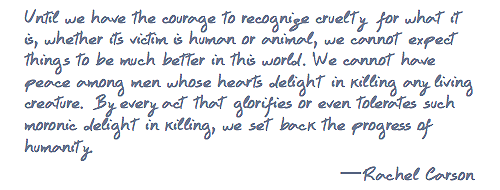
Under the Sea Wind. Simon & Schuster, 1941.
The Sea Around Us. Oxford University Press, 1951; Oxford University Press, 1991.
The Edge of the Sea. Houghton Mifflin 1955; Mariner Books, 1998.
Silent Spring. Houghton Mifflin, 1962; Mariner Books, 2002.
The Sense of Wonder, 1965, HarperCollins, 1998.
Lost Woods: The Discovered Writing of Rachel Carson. Beacon Press, 1998.
"Fishes of the Middle West" (PDF). Washington, D.C.: United States Government Printing Office, 1943.
"Fish and Shellfish of the Middle Atlantic Coast." Washington, D.C:: United States Government Printing Office, 1945.
"Chincoteague: A National Wildlife Refuge." Washington, D.C.: United States Government Printing Office, 1947.
"Marginal World, The." in Bedrock: Writers on the Wonders of Geology. Ed. Lauret E. Savoy, Eldridge M. Moores, and Judith E. Moores. Trinity University Press, 2006.
"Mattamuskeet: A National Wildlife Refuge." Washington, D.C.: United States Government Printing Office, 1947.
"Parker River: A National Wildlife Refuge." Washington, D.C.: United States Government Printing Office, 1947.
With Vanez T. Wilson. "Bear River: A National Wildlife Refuge." Washington, D.C.: United States Government Printing Office, 1950.
Briggs, Shirley A. Basic Guide To Pesticides: Their Characteristics And Hazards. Washington, D.C.: CRC Press, 1992.
Waddell, Craig, Ed. And No Birds Sing. Rhetorical Analyses of Rachel Carson's Silent Spring. Carbondale, IL: Southern Illinois University Press, 2000.
Brooks, Paul. The House of Life: Rachel Carson at Work. Boston: Houghton Mifflin, 1972.
Brooks, Paul. Rachel Carson: The Writer at Work. San Francisco: Sierra Club Books, 1998.
Freeman, Martha, Ed. Always, Rachel: The Letters of Rachel Carson and Dorothy Freeman, 1952-1964--An Intimate Portrait of a Remarkable Friendship. Boston: Beacon Press, 1995.
Lear, Linda. Rachel Carson: Witness for Nature. Boston: Mariner Books, 1997.
Lytle, Mark Hamilton. The Gentle Subversive: Rachel Carson, Silent Spring, and the Rise Of the Environmental Movement. New York: Oxford University Press, 2007.
Matthiessen, Peter, Ed. Courage for the Earth: Writers, Scientists, and Activists Celebrate the Life and Writing of Rachel Carson. Boston: Mariner Books, 2007.
Sideris, Lisa H., and Kathleen Dean Moore, Eds. Rachel Carson: Legacy and Challenge (SUNY Series in Environmental Philosophy and Ethics). Albany: State University of New York Press, 2008.
 |
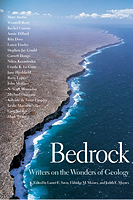 |
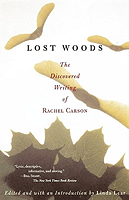 |
 |
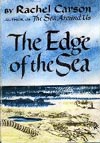 |
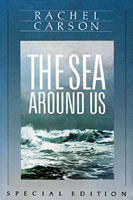 |
 |
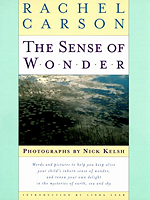 |
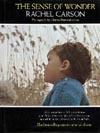 |
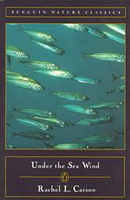 |
 |
 |
 |
|||
Tate Hurvitz
Project Director
Email: Tate.Hurvitz@gcccd.edu